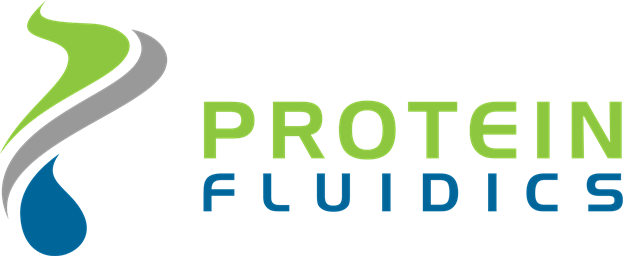Back

This channel is a live broadcast. Recordings will be available in 24 hours.
Solutions Spotlight
Solutions Spotlight Presentations
Automated Multifunctional Organoid Profiling and Metabolism Dynamics with the Benchtop Pu·MA System
Tuesday, February 8, 2022
3:30 PM – 3:50 PM
Location: Exhibition Theater (#2644 in Exhibition)
Sponsored By

- EC
Evan F. Cromwell, PhD
President & CEO
Protein Fluidics Inc, California, United States
3D cell models such as organoids and tumoroids are becoming increasingly important in drug discovery and disease modeling. Such models can recapitulate human tissues in physiologically relevant environments allowing interrogation of normal or diseased states in vitro. Extensive research is currently ongoing toward the generation of 3D cell models but performing complex assays with them can be difficult. Often, manual assays generate only a single data point per organoids such as viability due to liquid handling limitations. In this session, we will present usage of our benchtop automated organoid assay platform, the Pu·MA System, to perform multi-functional profiling of 3D cell models. The Pu·MA System can perform tedious protocols such as time-course supernatant sampling, dose responses and IF staining for biomarker detection with minimum perturbation to the samples. This microprocessor-controlled system along with unique flowchips, incorporates proprietary microfluidics technology for performing “hands-off” automated fluid transfers at the touch of a screen. This system requires only a 15-minute assay set-up and facilitates a 20X reduction in pipetting steps for 7 automated supernatant sampling per organoid. The design of the flowchips makes them compatible with all lab instrumentation such as high-content imagers, microscopes or plate-readers further adding to the flexibility and ease-of-use.
To demonstrate the capabilities of the Pu·MA system, we present data from multi-functional profiling of drug response in patient-derived tumoroids. These tumoroid models created from patient biopsies are excellent translational tools that can be used for pre-clinical studies to uncover the complex mechanisms at play within the tumor microenvironment. The assays were performed with the Pu·MA System in an incubator environment, and tumoroids were characterized by high-content imaging to determine phenotypic responses to drug treatments. Supernatants were also collected at various time points to analyze secreted metabolites from the 3D cell models. The multifunctional profiling in response to drug treatments (paclitaxel, romidepsin, trametinib) consisted of (1) viability assessment (2) changes in biomarkers (E-Cadherin and CD44) identified by IF staining (3) metabolite dynamics via lactate secretion analysis. Complex dynamic behavior was observed for different compounds that potentially can be used to understand patient-specific drug resistance. The Pu·MA System enables precision and efficiency of complex workflows combining drug treatment, supernatant sampling, and staining without perturbing the 3D cell models. These methods using the Pu·MA System shows potential for a vast range of applications such as drug-sensitivities of tumor-types in personalized medicine to understanding more normal metabolic and physiological measurements from organoids and other 3D cell models.
To demonstrate the capabilities of the Pu·MA system, we present data from multi-functional profiling of drug response in patient-derived tumoroids. These tumoroid models created from patient biopsies are excellent translational tools that can be used for pre-clinical studies to uncover the complex mechanisms at play within the tumor microenvironment. The assays were performed with the Pu·MA System in an incubator environment, and tumoroids were characterized by high-content imaging to determine phenotypic responses to drug treatments. Supernatants were also collected at various time points to analyze secreted metabolites from the 3D cell models. The multifunctional profiling in response to drug treatments (paclitaxel, romidepsin, trametinib) consisted of (1) viability assessment (2) changes in biomarkers (E-Cadherin and CD44) identified by IF staining (3) metabolite dynamics via lactate secretion analysis. Complex dynamic behavior was observed for different compounds that potentially can be used to understand patient-specific drug resistance. The Pu·MA System enables precision and efficiency of complex workflows combining drug treatment, supernatant sampling, and staining without perturbing the 3D cell models. These methods using the Pu·MA System shows potential for a vast range of applications such as drug-sensitivities of tumor-types in personalized medicine to understanding more normal metabolic and physiological measurements from organoids and other 3D cell models.


